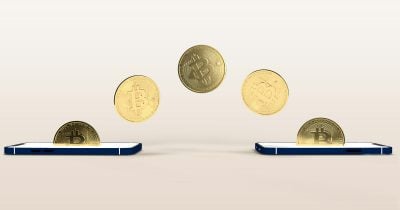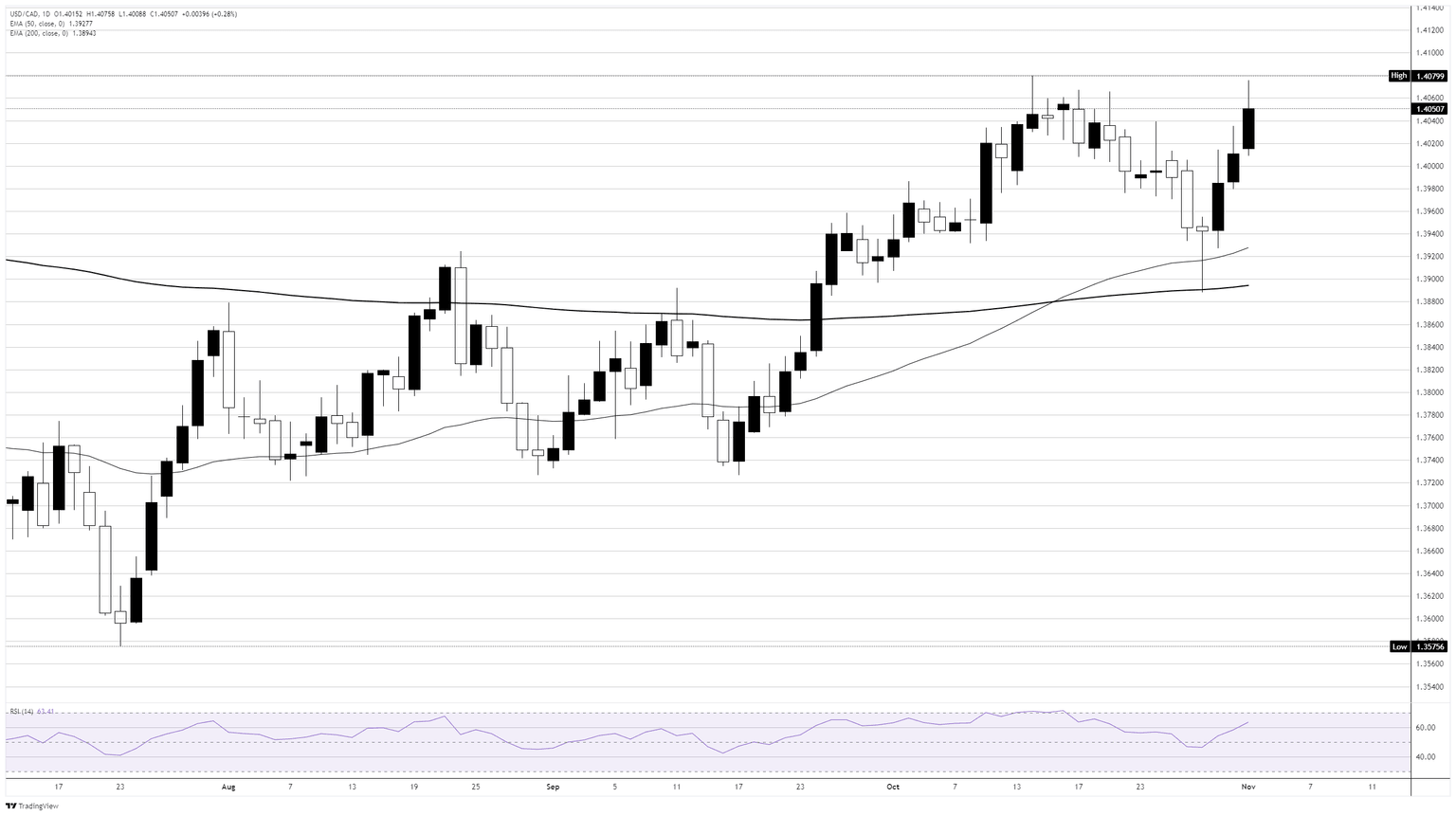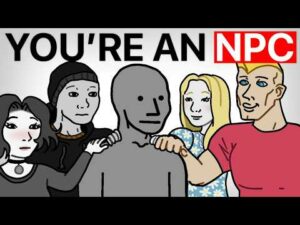Bank of England’s 25bps Cut to 4%: What This Bold Move Means for Your Wallet and the Market’s Next Big Shake-Up
Well, here we are again—Bank of England’s doing the old switcheroo with interest rates, chopping the policy rate by 25 basis points down to 4%, just as the murmurs on the street expected. But hold on, why the drama over a quarter-point cut when inflation’s defiantly refusing to chill, creeping higher instead? The monetary maestros at the BoE voted 5-4 after going through the rare double-vote dance, reflecting just how tight this policy seesaw really is. Taylor, one of the policymakers, pushed hard for a bigger cut initially but settled down in the second round to avoid a deadlock—talk about banking on a thin margin! This isn’t just another routine decision; it’s a delicate balancing act between taming inflation spikes, especially food prices setting new highs, and nurturing an economy that’s barely growing. The immediate market reaction? Sterling flexed its muscles, with GBP/USD climbing 0.4%, showing resilience or maybe just relief. So, what does this mean for investors and entrepreneurs trying to navigate the choppy UK waters? Can the BoE’s “gradual and careful” touch steer the economy without rocking the boat too much? Or are we simply in for more surprises as inflation forecasts tick upward and growth forecasts downshift? Buckle up—it’s a prime example of policy on the edge and markets ready to pivot at a moment’s notice. LEARN MORE

The Bank of England (BoE) announced on Thursday that it lowered the policy rate by 25 basis points (bps) to 4% after the August meeting, as widely anticipated.
According to the policy statement, policymakers voted 5-4 in favor of the rate cut after the second round of voting. Policymaker Taylor voted to cut rates by 0.5 percentage points in first round, voted for 0.25 percentage point cut in second round of voting to avoid hold.
Follow our live coverage of the BoE policy announcements and the market reaction.
Key takeaways from BoE policy statement
“It was first time MPC had two rounds of voting to reach majority on rate decision.”
“BoE forecast shows CPI peak of 4.0% in September 2025 (June forecast: 3.7% in September 2025).”
“BoE forecasts show food price inflation peaking at around 5.5% at end of 2025 from June’s 4.5%, part of rise due to higher minimum wage, packaging tax, national insurance as well as higher global prices.”
“BoE forecast shows CPI in one year’s time at 2.7% (May forecast: 2.4%), based on market interest rates.”
“BoE forecast shows CPI in two years’ time at 2.0% (May forecast: 1.9%), based on market interest rates.”
“BoE forecast shows CPI in three years’ time at 2.0% (May forecast: 1.9%), based on market interest rates.”
“Market rates imply similar BoE loosening to May, show bank rate at 3.8% in Q4 2025, 3.5% in Q4 2026, 3.6% in Q4 2027 (May: 3.7% in Q4 2025, 3.6% in Q4 2026 and Q4 2027).”
“BoE estimates GDP +0.1% QQ in Q2 2025 (June forecast: “Around 0.25%”), sees +0.3% QQ in Q3 2025.”
“BoE forecasts GDP growth in 2025 1.25% (May forecast: 1%), 2026 1.25% (May: 1.25%), 2027 1.5% (May 1.5%), based on market rates.”
“BoE estimates private-sector regular wage growth 3.75% YY in Q4 2025 (May forecast: 3.75%); Q4 2026 3.25% (May: 2.75%); Q4 2027 3% (May: 2.75%).”
“Gradual and careful approach to further withdrawal of monetary policy restraint remains appropriate.”
“Monetary policy is not on a pre-set path, will respond to accumulation of evidence.”
Market reaction to BoE policy decision
GBP/USD gathered bullish momentum with the immediate reaction and was last seen rising 0.4% on the day at 1.3413.
British Pound PRICE Today
The table below shows the percentage change of British Pound (GBP) against listed major currencies today. British Pound was the strongest against the Swiss Franc.
| USD | EUR | GBP | JPY | CAD | AUD | NZD | CHF | |
|---|---|---|---|---|---|---|---|---|
| USD | -0.05% | -0.46% | 0.01% | -0.08% | -0.32% | -0.34% | 0.02% | |
| EUR | 0.05% | -0.43% | 0.07% | -0.04% | -0.28% | -0.34% | 0.06% | |
| GBP | 0.46% | 0.43% | 0.45% | 0.40% | 0.16% | 0.09% | 0.52% | |
| JPY | -0.01% | -0.07% | -0.45% | -0.10% | -0.29% | -0.39% | 0.07% | |
| CAD | 0.08% | 0.04% | -0.40% | 0.10% | -0.23% | -0.31% | 0.13% | |
| AUD | 0.32% | 0.28% | -0.16% | 0.29% | 0.23% | -0.06% | 0.38% | |
| NZD | 0.34% | 0.34% | -0.09% | 0.39% | 0.31% | 0.06% | 0.44% | |
| CHF | -0.02% | -0.06% | -0.52% | -0.07% | -0.13% | -0.38% | -0.44% |
The heat map shows percentage changes of major currencies against each other. The base currency is picked from the left column, while the quote currency is picked from the top row. For example, if you pick the British Pound from the left column and move along the horizontal line to the US Dollar, the percentage change displayed in the box will represent GBP (base)/USD (quote).
This section below was published as a preview of the Bank of England’s (BoE) interest rate decision at 06:00 GMT.
- The Bank of England is expected to trim the benchmark interest rate to 4.0%.
- UK inflation has unexpectedly surged, while economic growth has kept shrinking.
- GBP/USD battles to extend gains beyond 1.3300, may retest August lows in the 1.3140 area.
The Bank of England (BoE) is scheduled to announce its decision on monetary policy this Thursday, and market participants anticipate a 25-basis-point (bps) interest rate cut from the current 4.25% to 4.0%. Financial markets also anticipate seven out of nine Monetary Policy Committee (MPC) members will vote for an interest rate cut versus just three voting for such a decision in the previous meeting.
The announcement will be accompanied by the meeting Minutes and the Monetary Policy Report, a quarterly release that indicates officials’ economic analysis and the MPC inflation projections, which is the base of policymakers’ decisions.
Finally, Governor Andrew Bailey will offer a press conference, in which he will explain the reasoning behind the decision and maybe offer hints about what will come next on monetary policy.
United Kingdom economic outlook: why it matters
The Bank of England left the benchmark interest rate unchanged when it met in June. However, three MPC members cited “material further loosening in the labour market”, subdued consumer demand, and pay deals near sustainable rates as a reason to trim rates.
Since then, macroeconomic data has been quite worrisome. The Gross Domestic Product (GDP) contracted 0.1% MoM in May, following a 0.3% decline in April, according to the Office for National Statistics (ONS). The report also showed that “Of the three main sectors in May 2025, production output was the largest contributor to the monthly GDP fall, decreasing by 0.9%. Construction output also decreased by 0.6%. These figures were partially offset by an increase of 0.1% in services output in May 2025.” It is worth reminding ourselves that the first estimate of the second quarter GDP will be released on August 14.
Meanwhile, inflation in the United Kingdom (UK) has risen to its highest level in over a year in June. The Consumer Price Index (CPI) was up 3.6% on a yearly basis, after posting 3.4% YoY in May. Meanwhile, the core annual CPI printed at 3.7%, up from the 3.5% posted in May. The ONS indicated that food prices rose in June by the most since February 2024, while also indicating that services inflation remains at 4.7%.
Finally, employment-related data has been less worrisome as the labor market keeps loosening. The Unemployment Rate stood at 4.7% in April, increasing from the 4.4% posted at the beginning of the year.
BoE officials will have to assess whether slowing growth or rising inflationary pressures weigh more. Nevertheless, Governor Andrew Bailey said, “I really do believe the path is downward” on interest rates in an interview with the Times.
Regarding ecocoming projections, policymakers may upwardly review inflation perspectives and downwardly review growth-related ones.
How will the BoE interest rate decision impact GBP/USD?
The MPC has no easy task, and voting will likely be split. Generally speaking, market players anticipate an interest rate cut, which will be no surprise. The split vote among MPC members could shake the Sterling Pound, alongside discouraging revisions to growth and inflation. Market players will also pay close attention to Bailey’s words. The more hawkish despite the dismal macro picture, the less likely the GBP is to fall.
Ahead of the announcement, the GBP/USD pair trades within a tight range just above the 1.3300 mark, pressuring the upper end of the range with a modest upward bias. Still, the expected BoE announcement seems more of a downward risk for the pair.
Valeria Bednarik, FXStreet Chief Analyst, notes: “The GBP/USD pair hover around its weekly peak in the 1.3330 region, without any technical sign of additional gains ahead. The daily chart shows a flat 100 Simple Moving Average (SMA) provides resistance at around 1.3350, while the 20 SMA maintains its bearish slope at around 1.3400. The pair could turn bullish once beyond the latter, an unlikely scenario with the BoE’s expected announcement.”
Bednarik adds: “On the downside, the 1.3250 area is the one to watch, as once below it GBP/USD may turn bearish. Interim support comes at 1.3200 ahead of the August monthly low at 1.3141.”




















Post Comment